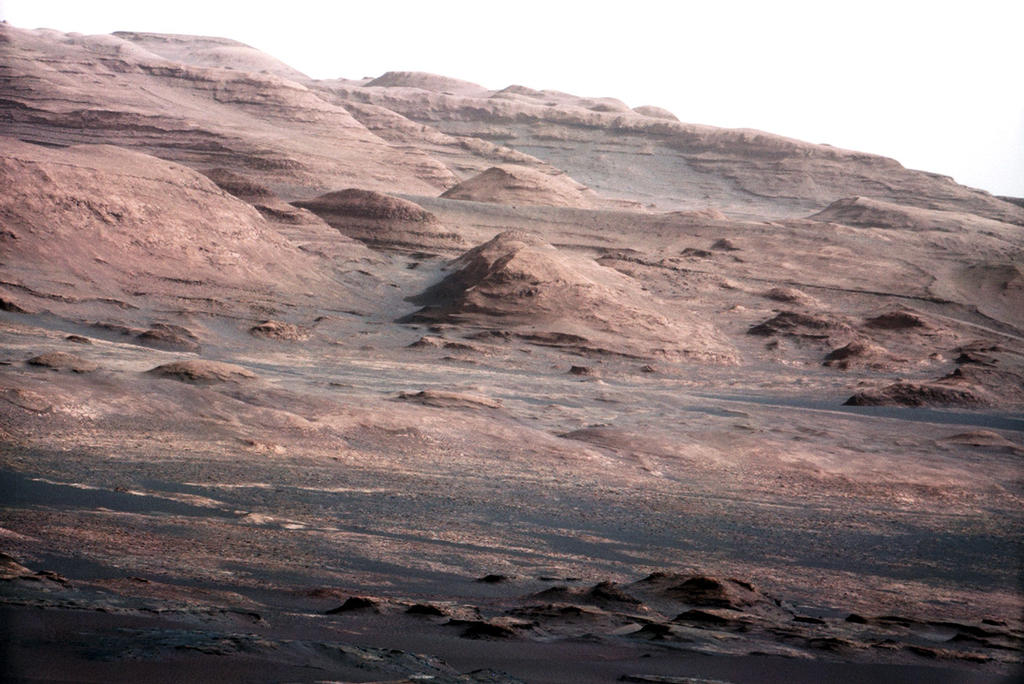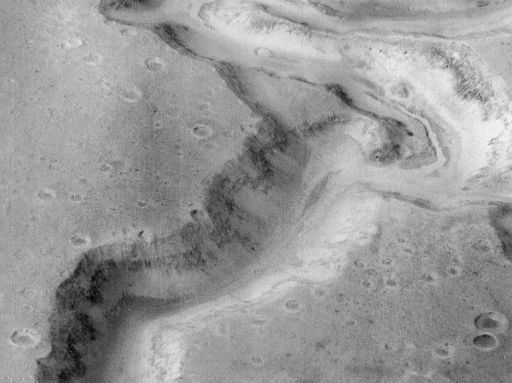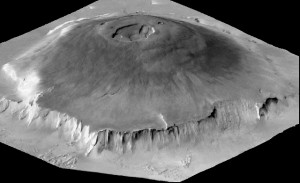 Mars is the fourth planet from the sun. We’ve never sent a human to Mars yet but it’ll probably be the first planet we do. Humans have however landed several robots on the surface and placed satellites in orbit for exploration purposes. There may even be life on Mars!
Mars is the fourth planet from the sun. We’ve never sent a human to Mars yet but it’ll probably be the first planet we do. Humans have however landed several robots on the surface and placed satellites in orbit for exploration purposes. There may even be life on Mars!
Why is Mars interesting?
Mars is a bit of a mystery. Mars is sort of like a second Earth, just very much red and Dry and seemingly dead. But there may actually be life on Mars – and we know there is water there! It contains the largest canyon and mountain in the entire solar system.
Is there life on Mars?
Back in the 1970s the Viking Program consisted of two landers that found evidence that water once flowed on Mars. Water is important because life on Earth or life as we know it requires water to survive. We haven’t found direct signs

of life on mars but we know there is more water frozen as ice at the north pole of Mars than there is water in the great lakes of the United States. And because it is thought that the interior core of Mars is still active and hot that there may be water beneath the surface and thus some microbial life.
The image to the left is a microscopic image taken from a martian rock showing what appears to be a worm like creature fossilized. We don’t know for sure if it is in fact an ancient creature but the debate rages on.
Wouldn’t it be amazing if one day humans set foot on Mars and found remains or even skeletons of large creatures? Would totally blow my mind!
If there was water on Mars at one time, what happened to it?

No one is quite sure but the leading theory is that early in Mars’ history water once existed in abundance on the surface and then somehow the electromagnetic field of Mars became weak and virtually vanished, causing the atmosphere to evaporate and with it all the water.
There is evidence all around. Mount Sharp, the small mountain being explored by the curiosity rover has been photographed showing images of layers of rock, similar to what you might see on Earth from many years of sediment building due to flowing water.
There are many ancient riverbeds that Nasa has photographed as well.


In fact Mars is home to the largest Canyon in the entire solar system called “Valles Marineris” which is about as long as the United States is wide! The canyon is about 4.5 miles deep in places vs the Grand Canyon which is about 1 mile deep.
Scientists think the Valles Marineris canyon formed early in the planet’s history and likely is a result of rift faults and water erosion over time, of course when the planet had water billions of years ago.
How far away is Mars?
That really depends on what time of year but they are closest to each other about every two years. Mars is roughly about 40 to 60 million miles away from Earth during it’s closest points, depending on where around the sun both planets are located.

If people were to travel to mars we’d have to time the trip just right so that when we leave Earth and arrive at Mars the shortest distance will be traveled.. again the window happens about every two years.
Mars has the Largest mountain in the solar system

You heard right, Mars is home to “Olympus Mons”, the largest mountain on any planet here in the solar system, towering 14 miles high or three times the size of mount Everest! It’s actually a dead volcano.
Scientists think Olympus Mons formed as far back as 3 billion years ago. Check out this size comparison showing Mount Everest pale in comparison to Mons.

The moons of Mars
Mars has two moons, Phobos and Deimos both which have an irregular looking shape to them and may be asteroids caught by Mar’s gravity. Phobos is the larger of the two at about 17 miles wide and has a decaying orbit, so some day it will slam into mars but not for many millions of years from now.

The face on Mars
There is a strange formation on the surface of mars that resembles a human face! How is that possible?

The Viking orbiter back in the 1970s captured photos like what you see on the left most of the three images. Well as interesting as it sounds the face when viewed from a different angle and with higher resolution cameras doesn’t look like a face after all (center and right images). But still worth noting since it was a mystery for a long time among Mars enthusiasts.
The pyramid and city on Mars
Another strange formation on the surface of Mars are what appear from a top down view to be of a pyramid. It’s near the face (top of photo) and a “city” of objects that look somewhat artificially constructed.

Did ancient aliens visit Mars and build pyramids the way some theorists think visited Egypt thousands of years ago? We don’t really know and is probably just a coincidentally odd looking rock formation. You be the judge!
When will humans go to Mars?
That’s a good question. Right now the earliest is about the 2030’s as to when the first humans will set foot on Mars, according to Nasa. There are actually plans for a private venture to Mars by “Mars One” and is scheduled for 2023 but my gut tells me that may or may not pan out. Getting to Mars may be very difficult.
What makes going to Mars difficult?
We’ve been in and out of space for several decades now but one of the problems with prolonged (6 month or more) trips to Mars and back is the radiation. We don’t yet know how the human body will react to being in space that long. If we do go we’d need to find a way to properly shield the spacecraft and astronauts in general if they’re out and out on the surface of mars.
